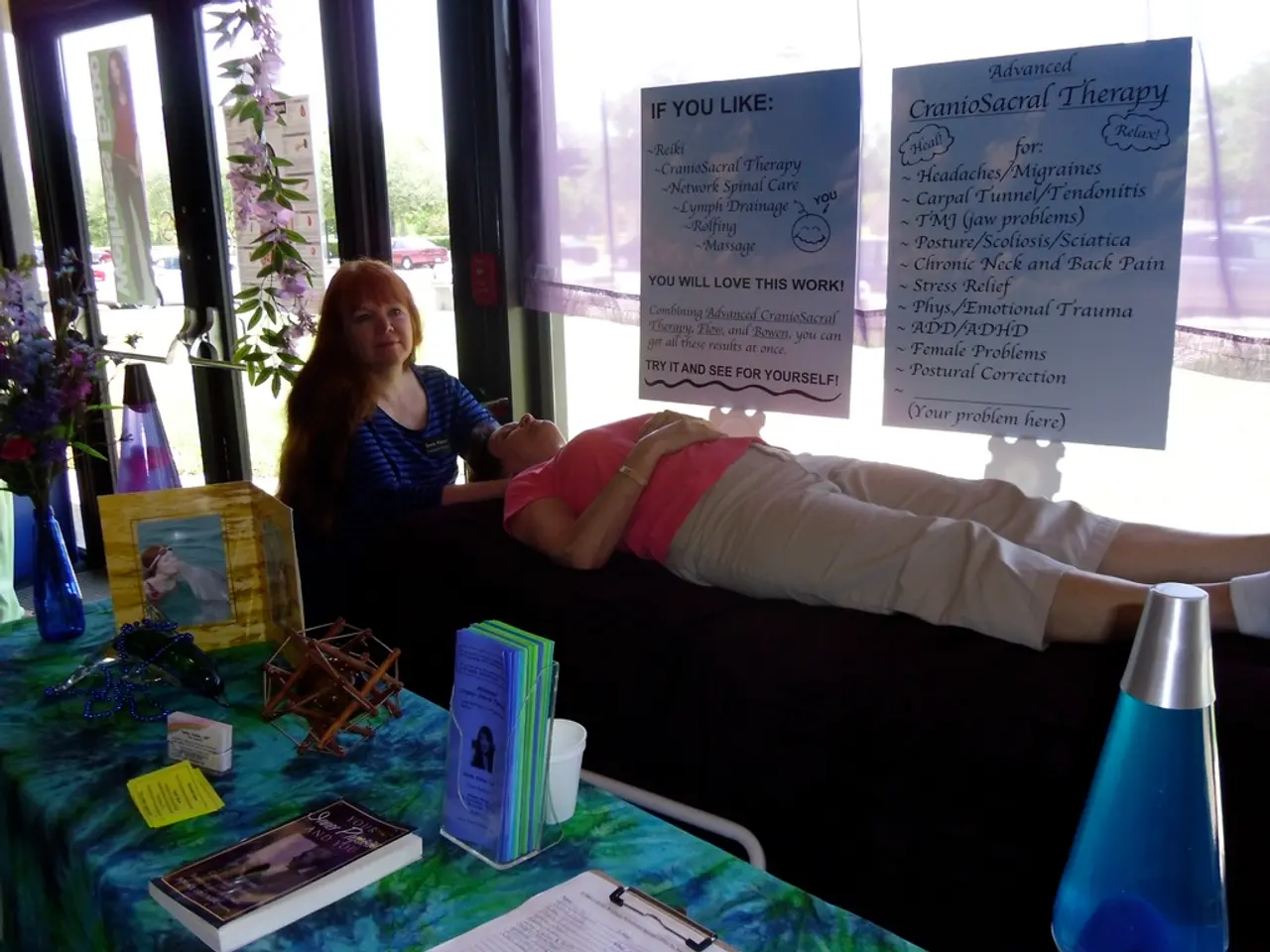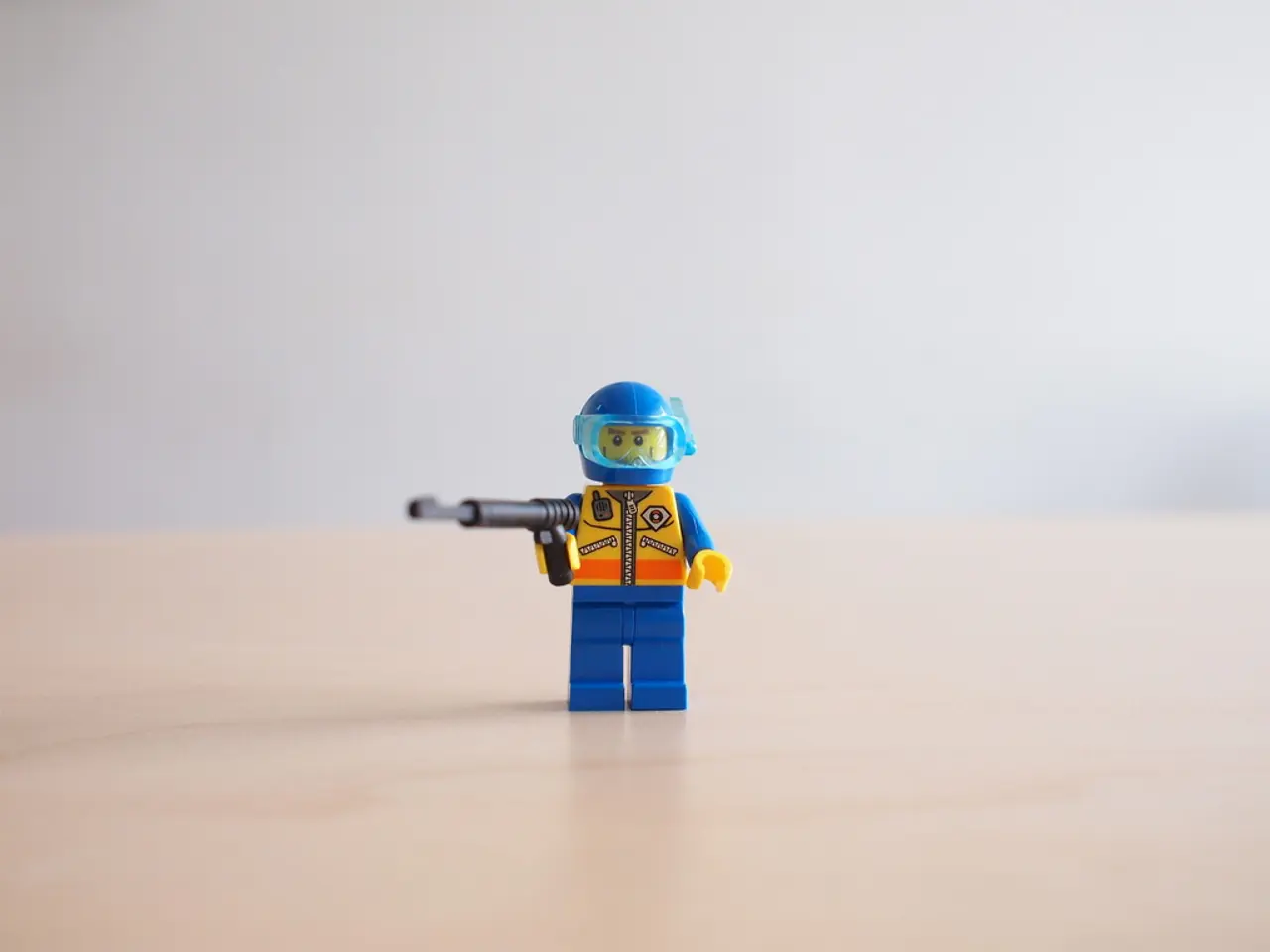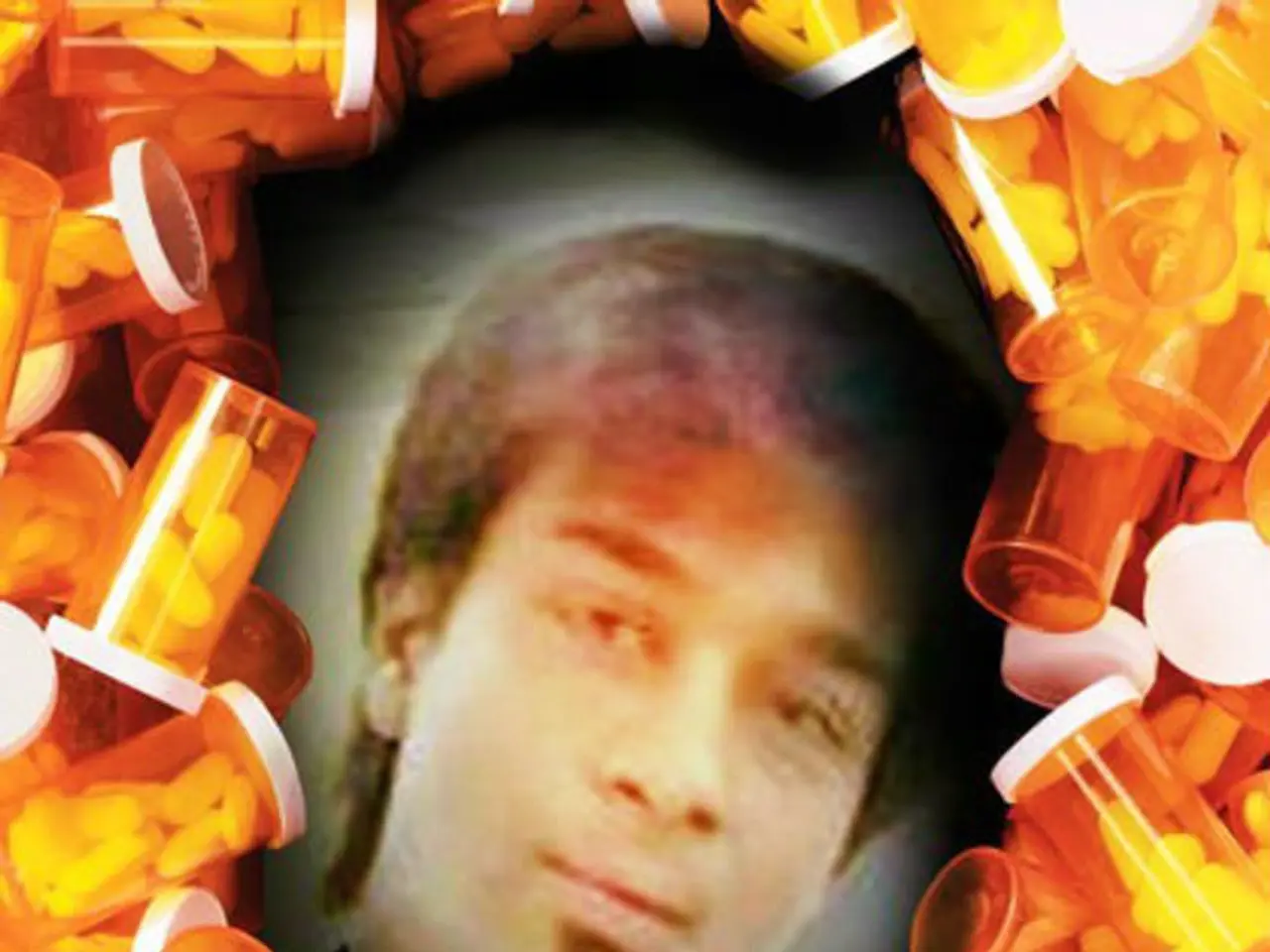Evolution of Depression Spanning the Last Seven and a Half Decades
From the 1950s to the present day, the treatment of depression has undergone significant transformations, moving away from invasive and often harmful interventions towards a more holistic and evidence-based approach.
1950s to 1960s: Early Treatments and Deinstitutionalization
The early 1950s marked a period of extreme mental health treatments, with lobotomies being widely performed to alleviate severe mental illness symptoms. However, these procedures, which aimed to cut a part of the fibre in the frontal regions of the brain, caused many negative side effects and fell out of favour by the mid-1950s with the advent of psychiatric medications.
This era also saw the beginning of deinstitutionalization, moving away from large psychiatric hospitals towards community-based mental health clinics. Landmark legislations such as California’s Short-Doyle Act (1957) and President Kennedy’s Community Mental Health Act (1963) promoted this shift, aiming to provide outpatient services and reduce institutionalizations.
Mid-20th Century: Introduction of Antidepressants
The mid-1950s brought about the introduction of the first antidepressant medications, such as monoamine oxidase inhibitors (MAOIs) and tricyclic antidepressants (TCAs). These medications were revolutionary compared to earlier treatments, providing less invasive and more targeted symptom relief.
Later, the development of selective serotonin reuptake inhibitors (SSRIs) in the late 1980s and 1990s, such as fluoxetine (Prozac), transformed depression treatment due to their better safety profiles and tolerability.
Late 20th to Early 21st Century: Advances in Pharmacology and Psychotherapy
Alongside medication advances, psychotherapeutic approaches like cognitive-behavioral therapy (CBT), interpersonal therapy, and others became standard adjunct treatments. The late 20th and early 21st centuries also saw growing research into the biological bases of depression, leading to targeted drug development and personalized medicine approaches.
Medication-Assisted Treatments & Modern Approaches
Though Medication-Assisted Treatment (MAT) is mainly referenced in addiction treatment contexts, the late 20th century onward also saw improved pharmacological regimens for depression, including combination therapies and augmentation strategies.
Current research includes novel approaches such as ketamine and esketamine infusions, transcranial magnetic stimulation (TMS), and deep brain stimulation (DBS) for treatment-resistant depression.
Summary Timeline
| Period | Key Developments | |-----------------------|---------------------------------------------------| | 1950s | Lobotomies widely used; introduction of first antidepressants; growing deinstitutionalization with community clinics[1][3] | | 1960s–1980s | Expansion of antidepressants (MAOIs, TCAs); community mental health reforms; psychotherapies gain ground | | 1980s–2000s | SSRIs become first-line treatments; CBT and other therapies mainstreamed | | 2000s–Present | Advanced pharmacotherapies; neuromodulation therapies; focus on personalized treatment[2] |
Overall, depression treatment has evolved from invasive, often harmful interventions to a multifaceted approach combining medication, psychotherapy, and advanced neuromodulation techniques, driven by growing understanding of mental illness biology, psychology, and social factors.
In addition to these developments, psychological counselling and different forms of psychotherapy have emerged as effective and non-invasive forms of depression treatment. Current research continues to explore new approaches and personalized treatment strategies to improve outcomes for those suffering from depression.
The advancements in the 1950s led to the introduction of antidepressant medications, while the treatment of depression in the 1950s and 1960s also incorporated medical-conditions such as lobotomies, which fell out of favor due to their negative side effects. In the late 20th century, the focus shifted towards health-and-wellness in mental health treatment as psychotherapy, including cognitive-behavioral therapy, gained prominence. Modern approaches like ketamine and esketamine infusions, transcranial magnetic stimulation, and deep brain stimulation are being studied for treatment-resistant depression, demonstrating the ongoing commitment to finding evidence-based solutions for mental health challenges.




